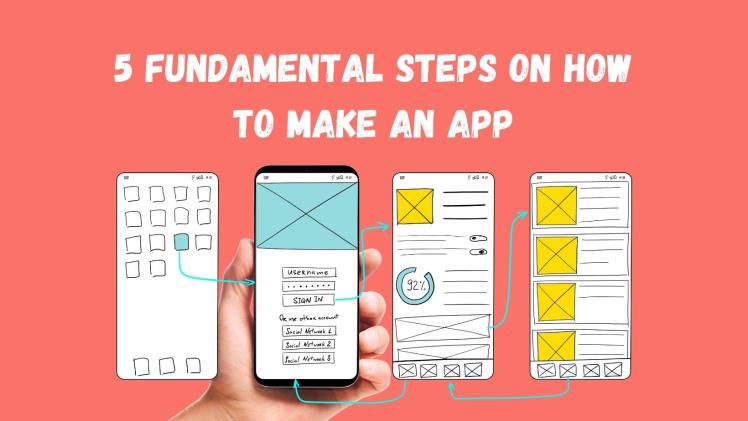How Apps Are Created and Developed

Apps, or applications, are self-contained software packages that enable users to perform specific tasks on mobile devices and desktop computers. Available through device manufacturers and proprietary app stores such as the Apple App Store, they’re designed for various mobile operating systems; from native apps that run directly on phones or tablets directly through to hybrid or web-based apps which work with device browsers but require download and installation for use.
App development is a complex endeavor that demands the expertise of an interdisciplinary team. For an app to be truly great, its creator must begin with an original idea that can easily be translated into functional design elements such as user-friendly interface and back-end infrastructure scalability. Apps can serve a range of functions from productivity assistance to gaming; some popular uses of apps are photo/video editing/management/reading news reports among many others.
An effective app can offer users an improved user experience, increase brand recognition and drive sales or engagement. However, the app market can be competitive, making it essential for companies to stand out with distinctive features that set their app apart from its peers. Successful apps should attract and retain customers; its development and marketing must be carefully managed with great care taken to avoid customer churn.
Before creating an app, it’s essential to conduct extensive research to make sure the concept hasn’t already been developed by another developer or company. Doing this will save time and resources as well as reduce frustration at investing countless hours into something which ultimately doesn’t take off.
Once requirements and key features for an app have been identified, a designer creates a mockup or template to show the development team how the final product should look. This usually includes color scheme, font selection, basic layout as well as images showing its function as well as any tutorials regarding its usage.
After an app has been developed, its features must be tested by a QA team in order to make sure all functions work as intended. This involves testing front-end and back-end functionality of both front-end apps as well as any back-end services; such as checking icon display on devices and whether its menu functions appropriately; it’s also essential that compatibility checks be run to ensure optimal user experiences across devices and OS versions.
An effective app can make an incredible impactful statement about a business and how it operates, helping increase sales, enhance customer service levels and streamline workflows – not to mention attract new customers and expand geographical reach. Apps have become increasingly useful across many industries and there’s likely one out there suitable for yours or organization!
The ideal apps are user-friendly, feature-packed and offer an effortless user experience. They should cater to multiple devices and operating systems, offering up-to-date features. Furthermore, downloads should be free unless there are in-app purchases or other features that generate revenue; and regular updates to fix bugs and improve functionality should occur as part of maintenance of app development.